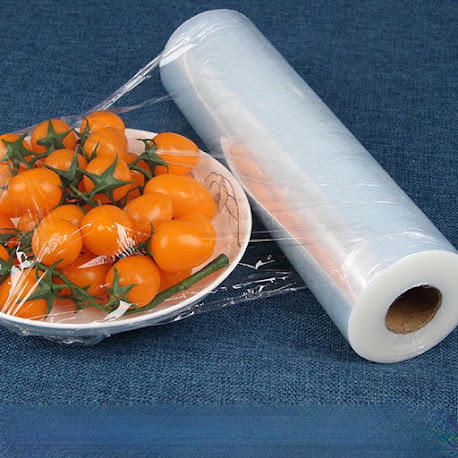Acquiring Knowledge about Roll Laminating Film
Laminating is one of the simplest and most cost-effective ways to preserve and safeguard essential papers. From menus and price lists to posters and children's artwork, laminating offers various commercial and industrial uses from China Bopp thermal lamination film manufacturers. When it comes to laminating film, roll laminating film is the most cost-effective and adaptable choice, but choosing the proper rolls for your machine and your particular requirements may be a little tricky. This piece will examine roll lamination film and discuss the many available kinds.
The Essence
Some speciality films use alternative application procedures, such as pressure-sensitive film, or materials, such as nylon film. Nevertheless, most roll laminating film is thermal (requiring heat to seal correctly) and manufactured of polyester. There are four crucial elements to consider when selecting roll laminating film: core size, film grade, roll width, and film thickness. Other variables to consider include film finish (including clear and matte variations) and roll length, although they are less important than the others.
Key Elements
Knowing the fundamental differences between various roll laminating films (core size, film grade, roll width, and film thickness) can ensure you select a film compatible with your roll laminating equipment. The diameter of the core directly corresponds to the diameter of the mandrel that holds the film on the laminator. Three typical core sizes exist 1", 2-1/4", and 3". As a longer roll needs a thicker mandrel to sustain it, the size of the core is frequently proportional to the roll's length.
The grade of the film shows the quality of the adhesive used to adhere the laminate to the paper. Classic film (sometimes known as "school film") is an inexpensive material appropriate for laminating ordinary 20lb paper with little ink coverage. The professional-grade film has a lower melting temperature and a more aggressive adhesive, making it an excellent digital or offsets printing option. Additional film grades are available on the market, such as low melt (which has a lower melting temperature), SuperStick (which has a higher adhesion strength), pressure sensitive (which uses non-thermal adhesives), and nylon (which is designed for single-sided applications). Still, they are significantly more expensive and incompatible with all roll laminators.
The breadth of the roll corresponds to the width of the laminating film and is determined by the size of the machine. Rolls are offered in typical widths ranging from 9 inches to 60 inches. Roll laminators cannot use films wider than their maximum width specifications. Still, they may use narrower rolls, so you can avoid waste when laminating smaller papers by buying film rolls of the correct width.
Similar to laminating pouches, roll laminating film is available in various thicknesses, from 1.5 mils to 10 mils. This measure indicates the combined thickness of the laminating film's film and adhesive for a single layer. Similar to pouch laminating machines, roll laminators are intended to accept specific film thicknesses; thus, using just the film that your device can accommodate is essential. Trying to laminate with either a too-thin or a too-thick layer may result in incorrect adhesion and may cause harm to your machine.
Choosing the Appropriate Film
Typically, roll laminating film is classified by film quality and core size. After you've found the area that matches the film you're interested in, you'll see that each film roll is listed with three measurements (such as 25 in. x 500 ft. x 1 in.). The first measurement reflects the breadth of the roll, the second the length, and the third the diameter of the core. In the example, the roll width is 25", the length is 500', and the core diameter is 1".
In Review
Due to the many factors involved, practically hundreds of roll laminating films are available on the market. Hence, obtaining the rolls that are compatible with your laminating machine and acceptable for the sort of laminating you are doing might be challenging. Understanding a few essential factors, such as the core size, film grade, roll width, and film thickness, can simplify choosing the appropriate film. Most of this information may be found in your machine's owner's manual or an Internet search using your laminator's model number. Taking the effort to learn about your engine will not only save you time when choosing the appropriate film, but it will also save you from making the expensive error of buying a film incompatible with your laminator.




Comments
Post a Comment